|
Dear Families, We are inviting you all to pray the Rosary with us. We will pray one decade of the Sorrowful Mysteries per week over Lent. Meditation materials are provided within the posts, which you will receive every Sunday morning during Lent. Praying the Rosary is not simply saying the Hail Mary and Our Father prayers; while we pray the Rosary, we are supposed to be thinking about Christ's life here on earth. Click here to understand why you shouldn't just launch into the prayers. Each weekly meditation consists of three parts:
You choose how to approach this. There will be some families who do not do any of the activities; I'm praying that most families will do something.
Before beginning, parents may wish to review. Parents can look in their children's workbooks or click here to become familiar with the parts of the Rosary. A visual guide is also provided in each of these posts. If you need a Rosary, please stop by our office and we can give you one. The season of Lent is a grace-filled season, a time to pause and step back from "the daily grind." Through the intercession of Mary, Our Lady of the Miraculous Medal, I pray this Lent will be a time when God’s grace and goodness may be more fully manifested in all of your lives and those of your loved ones. Mary Acevedo, Director of Religious Education First Decade: The Agony in the GardenAgony in the Garden of Gethsemane Duccio di Buoninsegna (c.1308-1311) tempera on wood, approximately 20" high X 30" wide Currently located at the Museo dell'Opera del Duomo (Cathedral Museum), Siena, Italy Can you find Jesus two times in this painting? Point to Him. Yes! We see Jesus two times because this one painting shows two different events happening in the same place on the same night. This story from Jesus' life happened on what we call "Holy Thursday." Many things happened on Holy Thursday. Look carefully at the painting. Can you name the three things you see going on in the painting? If you need help, answer these questions: The Gospel of Luke 22: 7-23 tells what Jesus and His Apostles did on Holy Thursday. Jesus and His best friends were in Jerusalem because they were celebrating the Passover. Early in the evening, these men ate the Passover meal and then decided to take a walk into a nearby garden. That's where we are in the painting. Can you see the five olive trees in the background? Jesus wanted to walk in the garden, but He didn't want to go alone this time. He invited His friends to go with Him. Jesus was in agony. This means something like He was stressed out to the maximum and feeling a lot of pain. Not only was He suffering mentally, He was also suffering physically. What does that mean; can you give some examples of those two types of suffering? All of that is how Jesus felt. Do you know why He was feeling that way? Here's why: Jesus is God, and as God, He knew all the terrible sufferings, humiliations, pains, and tortures He would experience soon. Holy Thursday night is when Jesus was arrested and tortured. The next day, Good Friday, is when He was crucified. We'll talk about the Crucifixion more when we pray the Fifth Sorrowful Mystery. Easter Sunday is when He rose from death, victorious and alive! We'll talk more about when we pray the First Glorious Mystery. Look at the painting again. The garden is not lush; it's barren and rocky, isn't it? Look at the colors the artist used for the garden. The colors are almost monotone, which makes us feel that something somber is going on. Even though there is a golden glow, it is not bright and happy. The artist is helping us to remember the seriousness of what will soon happen to Jesus. The scenes in this painting show what happened before Jesus' arrest. To the left, we see the Apostles. How many can you count? Who is the twelfth one who is missing? His name starts with a J-U-?-?-?. Do you know why he isn't painted here? Do you know where he is and what he is doing? If you don't, read the Gospel of Luke, chapter 22, verses 1-3 and 21-23 and you will find out. The middle scene shows Jesus begging the Apostles not to go to sleep. He wants and needs them to stay awake and pray with Him. (Luke 22: 39-46) He has to wake them up and ask them this favor more than once. This must have made Him very, very sad. All of us want our friends to show us they love us by paying attention and supporting us. Even Jesus wanted that attention and support from His friends. In the right corner, we see the third scene. You can see Jesus praying alone here. His knees must have been really hurting because they are balancing His body's weight on a hard, bumpy stone. He was in such distress that He was sweating blood instead of water. (Luke 22: 44) But His friends are not helping Him; they are sleeping. Remember that Jesus is fully human and fully divine. In His human nature, He begs God like we do: "If it's possible, please don't let this happen to Me. Please take this suffering away from Me." But Jesus knows that there is no other way for us sinners to get into Heaven and that His purpose is to set us free and open the Gates of Heaven. Because He knows this, He also tells God, "Not My will, but Your will be done." (Luke 22: 42) And do you know what God did when Jesus told God how He was feeling? God sent Him a Guardian Angel. (Luke 22: 43) God sends us Guardian Angels, too. You have a Guardian Angel.
Human life changed drastically: humans now get sick and we die, we hurt each other. We sin. Do you see the two fruit trees close to the kneeling Jesus? The artist put those trees there to remind us of Adam, Eve, Original Sin, and all of Eve's children -- us -- for whose sins Jesus is about to die.
It was in a garden where man first sinned and cut himself off from God and His grace. It was in a garden where Jesus made up for what Adam and Eve had done. In sacred art, the Garden of Gethsemane is never lush. It is always dark and barren -- this is to show how sin affects the world. Second Sorrowful Mystery: Scourging at the Pillar Third Sorrowful Mystery: The Crowning of Thorns Fourth Sorrowful Mystery: The Carrying of the Cross Fifth Sorrowful Mystery: The Crucifixion Now, with The Agony in the Garden in our imagination, let us pray.For families with very young children, or for families new to the Rosary, simplify by only praying the Sign of the Cross, the Lord's Prayer, and the Hail Mary. These prayers are inside the front and back covers of your child's workbook. Follow the graphic: For families ready to push it forward, add in one new prayer each week until you have a complete decade. Follow the outline: Hold the Crucifix in your right hand. Make the Sign of the Cross properly, using the right hand only. Still holding the Crucifix, state what you believe as a Catholic by saying the Creed. Move to the first bead. Pray one Our Father. Move to the next beads. Pray the Hail Mary three times, once on each bead. Move to the next bead and pray one Glory Be. Stay on the same bead. Announce the Mystery by saying these words: The First Sorrowful Mystery, The Agony in the Garden. God's greatest desire is for all of us to be with Him forever in Heaven. God loves us. He is passionate about getting us back home with Him. Jesus was sent to Earth to help us sinners get into Heaven. He helped us by taking all of the blame for all the bad things we do. He received terrible punishments for sins He did not commit. On Holy Thursday, Jesus went into a garden called Gethsemane. While He was praying, God allowed Him to see how horribly He was going to suffer. He saw His friends' sins: betrayal, denial, abandonment. He saw all our sins: mean, immoral, evil. And the thought of His Passion and our sins made Him sweat blood. This blood poured out in His agony. Then Judas came with the soldiers who led Jesus away to many hours of torture and finally death on a Cross. Stay on the same bead. Pray one Our Father. Move through the next ten beads, praying the Hail Mary on each one. Move to the next bead. Pray one Glory Be. Stay on the same bead. Pray the Fatima Prayer. Make the Sign of the Cross using the Crucifix. AMEN! Lenten ApplicationHello!! on this first Sunday of Lent, Do you know what the word "Alleluia" translates to in English? Truly, there is no adequate translation into English words because the communication behind Alleluia (sometimes spelled “Hallelujah”) is more emotional, like wild excitement and sheer joy. Really, it's like when you announce something fantastically amazing to your kids and they all scream and shout a good ol' "HOORAY! YAAAA-HOOOOO!!! AAAACCKKKKK!!! YES! YES! YES!" while bouncing up and down with clear, powerful joy in their tone. Linguists and scholars translate it to "Praise God!" Meh. Keep the visual -- it's important.
This discontinuance of the Alleluia is called the depositio. We participate in self-denial when we can't express our true feelings of love. It's a kind of fasting-- if we are aware of it. I invite you to "bury the Alleluia" with your family today. Literally. This is a craft activity you should do at home sometime between Shrove Tuesday/Mardi Gras and the First Sunday of Lent. You decide what your family can handle; a very simple "Kids, copy this word Alleluia in your own handwriting and decorate it with these markers" is sufficient. If you like computer graphics and have access to a printer, choose a beautiful font and make a banner out of cardstock and ribbons. If you've got time and some money to spend on a permanent family keepsake, create shelf art out of wooden letters and spray paint. (Click on the links for visuals and instructions.) Whichever type of art you create, "bury" the Alleluia you make in an envelope, in a box, under rocks on your prayer table, or in some other way. Then, at the Easter Vigil, "dig it up": take your art out and display it until the end of the Easter season (a 50-day period!). Talk to your children. Challenge them to take notice that these prayers are missing now from Mass. Give them the heads-up that at Holy Family we sing, "Praise to You, Lord Jesus Christ, King of endless glory!" during Mass at Lent. Then, on Holy Saturday morning, remind them to pay attention that the Alleluia and Gloria are back and stronger than ever. Help them notice that during the Easter season, a period of great joy and exultation, we can't stop singing Alleluia over and over and over again. You might even challenge them to count how many times we say it during the Easter Vigil or on Resurrection Day.
If you do this craft, email me your creations so I can see them! Blessings, Mary Acevedo, Director of Religious Education
0 Comments
Your comment will be posted after it is approved.
Leave a Reply. |
Upcoming Family Events
here in our program, here at our parish, and throughout our Diocese. Categories
All
Archives
April 2024
|
-
Welcome
- About
-
Ministries
>
- Altar Servers
- Black Catholic Ministry
- Dementia and Alzheimer's Caregivers Support
- Extraordinary Ministers of Holy Communion
- Filipino Ministry
- Garden Ministry
- Grief Support
- Lectors
- Men's Club
- ministerio hispano
- Ministers of Hospitality
- Ministry of Mothers Sharing (MOMS)
- Music
- Prayer Groups >
- Religious Articles Store
- Thrift Shoppe
- Organizations >
- New Here?
- The Sacraments
- Making Disciples
- News / Events
- Contact Us
Proudly powered by Weebly

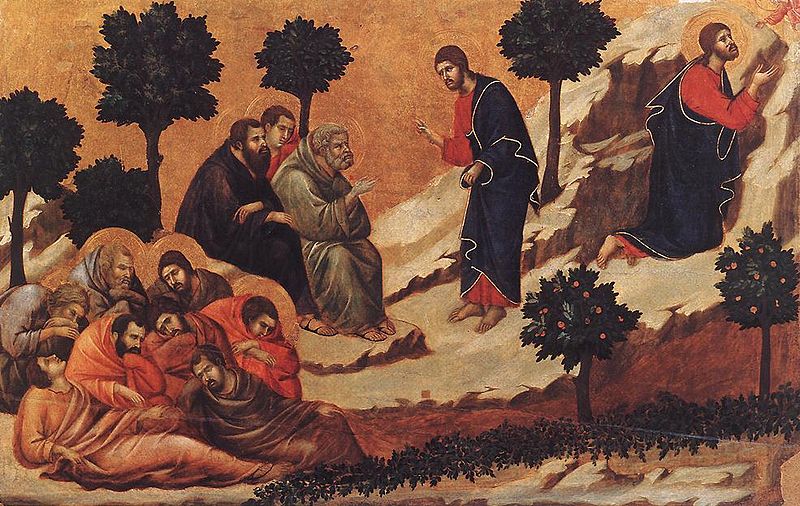
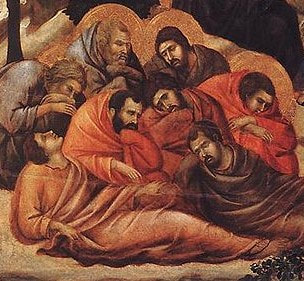
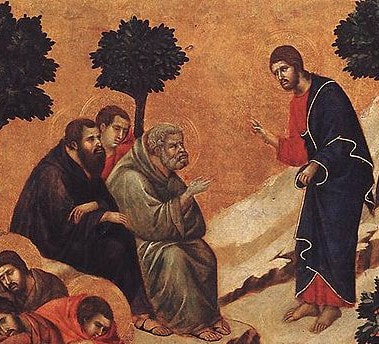
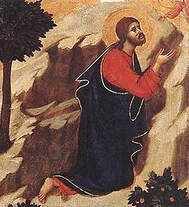
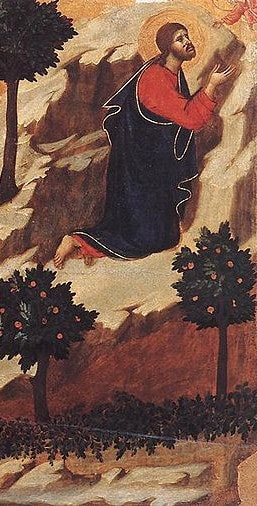
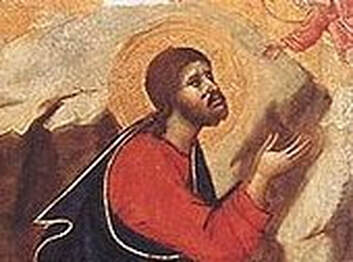
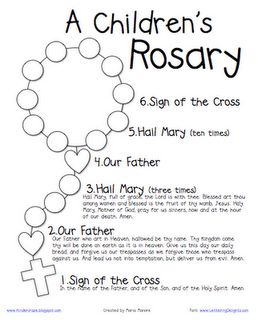
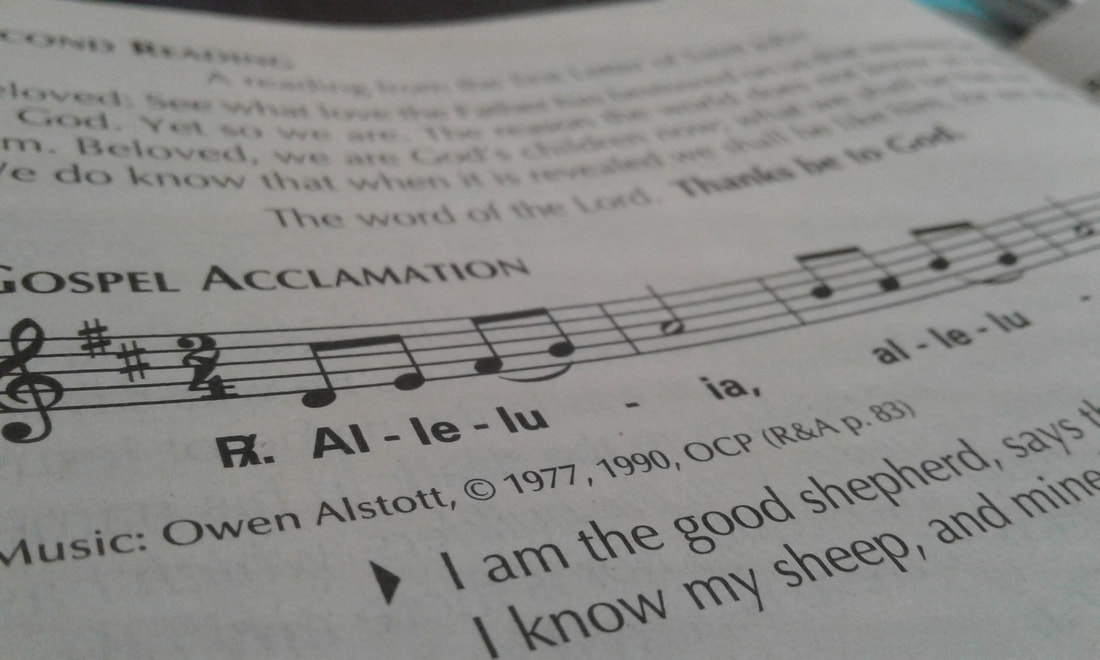
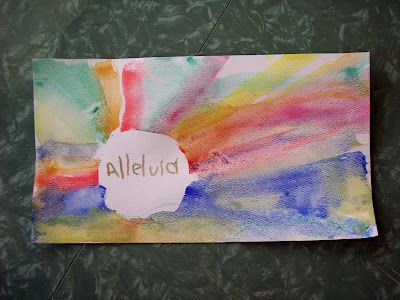
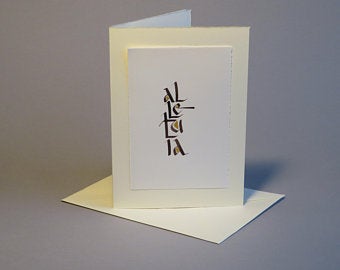
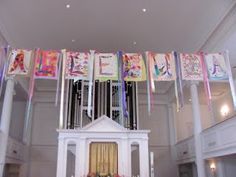
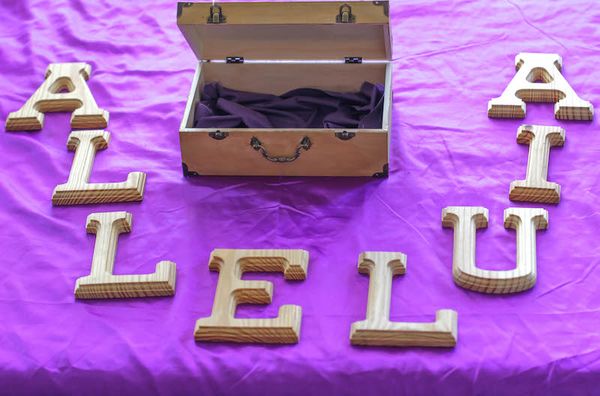
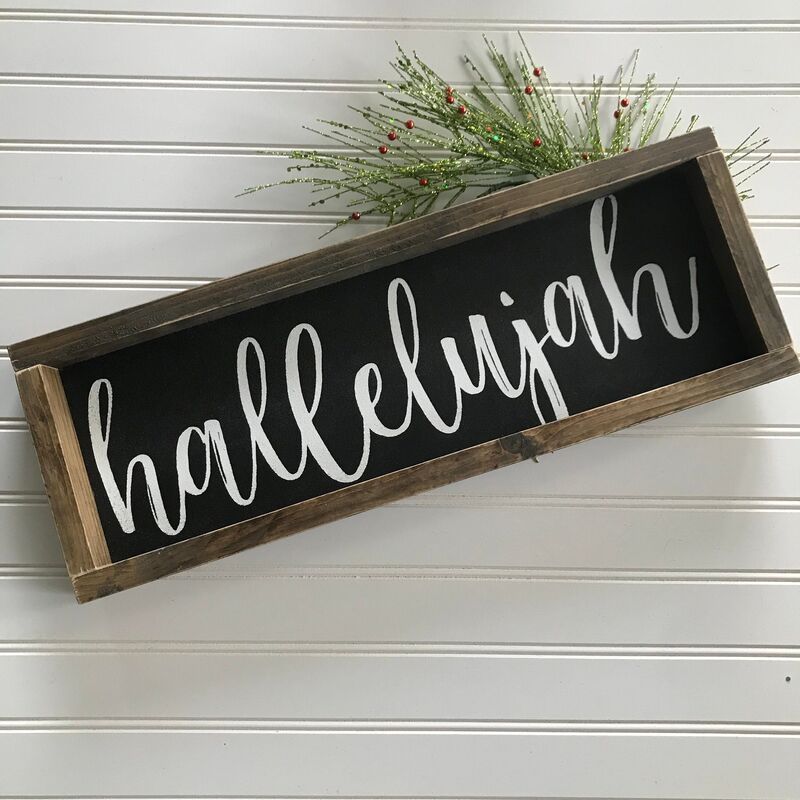
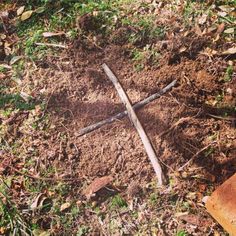
 RSS Feed
RSS Feed